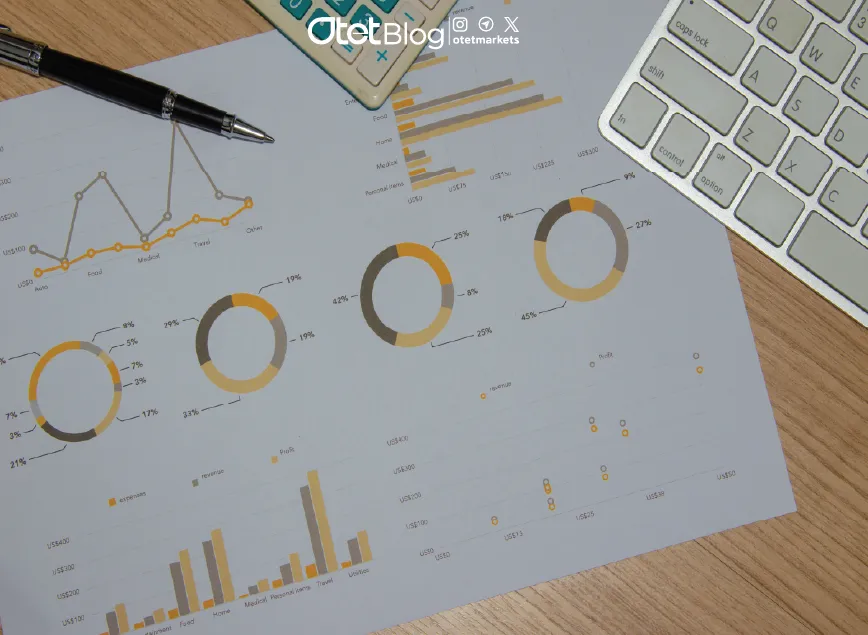
Comprehensive Guide to US Treasury Bonds
Estimated reading time: 4 minutes
Table of contents
U.S. Treasury Bonds, or T-Bonds, are long-term debt instruments issued by the U.S. government. When investors buy these bonds, they are lending money to the government. In return, the government agrees to repay the principal (the original amount invested) at a specific date in the future and pay regular interest (called coupons) every six months.
Because they are backed by the U.S. government, T-Bonds are considered one of the safest investment options available.
Key Features of Treasury Bonds
| Key Specifications of Treasury Bonds | Details |
|---|---|
| Issuer | U.S. Department of the Treasury |
| Maturity Term | 20 to 30 years |
| Interest Payments | Semiannual (Coupon) |
| Default Risk | Virtually zero |
| Secondary Market | Highly liquid |
| Tax Exemption | Exempt from state and local taxes in the U.S. |
Differences Between U.S. Treasury Securities
There are several types of U.S. Treasury securities, each with different terms and uses:
| Type of Security | Term | Yield | Suitable For |
|---|---|---|---|
| Treasury Bills | Less than 1 year | No coupon (sold at a discount) | Quick liquidity |
| Treasury Notes | 2 to 10 years | Semiannual coupon | Medium-term investors |
| Treasury Bonds | Over 10 years | Semiannual coupon | Long-term and conservative investors |
How Is T-Bond Yield Determined?
T-Bond returns come from two sources:
- Coupon Yield: The fixed interest payment made every six months
- Yield to Maturity (YTM): The total return based on the bond’s current price and time remaining until maturity
❗There is an inverse relationship between interest rates and bond prices. When interest rates rise, bond prices fall. When interest rates drop, bond prices increase.
Read More: How to Trade US and European Stocks with Otet Brokerage
What Affects T-Bond Prices and Yields?
Several key factors influence T-Bond performance:
- Federal Reserve decisions (FOMC)
- Inflation rates and future inflation expectations
- U.S. and global economic conditions
- Geopolitical risks such as war or financial crises
- Global demand from central banks, pension funds, and other major investors
- These factors impact both the market price and return of T-Bonds.
How T-Bonds Relate to Other Markets
T-Bonds are connected to various asset classes in the financial market:
| Asset | Type of Correlation |
|---|---|
| Gold | Usually inverse relationship |
| U.S. Dollar (DXY) | Direct correlation with bond yields |
| S&P 500 Index | Inverse relationship in certain periods |
| Cryptocurrencies | Relatively negative correlation (in inflationary conditions) |
Professional Uses of T-Bonds in Investment
T-Bonds are not just safe investments — they are also used in more complex strategies:
- Capital protection during uncertain times
- Benchmark for pricing other financial assets
- Used to build and analyze the yield curve
- Key part of conservative portfolios
- Underlying asset in derivatives like T-Bond futures
These uses make Treasury Bonds important in both personal and institutional investing.
The Yield Curve
The yield curve shows the relationship between bond maturities and their interest rates. It is a powerful tool for economic forecasting.
- Normal Yield Curve: Long-term yields are higher than short-term → signals economic growth
- Inverted Yield Curve: Short-term yields are higher than long-term → often a sign of upcoming recession
Investors watch the yield curve closely to understand where the economy might be headed.
Read More: U.S. Stock Market: A Comprehensive Guide
Investment Strategies with T-Bonds
Long-Term Conservative Investment
Perfect for times of recession or stock market instability. Popular among pension funds and long-term investors.
Trading Interest Rates
Investors can trade T-Bond prices through futures or CFDs. When yields fall, bond prices rise — creating a chance to profit.
Hedging Stock Market Risk
During market crises, T-Bonds can help reduce losses in stock portfolios, acting as a hedge.
Pros and Cons of U.S. Treasury Bonds
✅Pros:
- Extremely safe with almost no default risk
- Easy to buy and sell in secondary markets
- Free from state and local taxes
- Pay regular interest every six months
- Valuable for analyzing the overall economy
❌ Cons:
- Generally lower returns compared to riskier assets
- Inflation can reduce real returns
- Sensitive to changes in interest rates
Conclusion
U.S. Treasury Bonds are essential tools for both investing and economic analysis. Whether your goal is to protect your capital, reduce market risk, or better understand global trends, T-Bonds provide a solid foundation.
Learning how T-Bonds work not only helps in building smarter portfolios but also gives insights into interest rates, inflation, stock movements, and even cryptocurrency trends. They remain a reliable and strategic option in any investor’s toolkit.
Share
Hot topics

Federal Reserve’s Challenges to Trump’s New Policies
As the Federal Reserve Open Market Committee (FOMC) prepares for its upcoming meeting, all eyes are on how the Fed will respond to Donald Trump’s latest economic policies. With the...
Read more




Submit comment
Your email address will not be published. Required fields are marked *